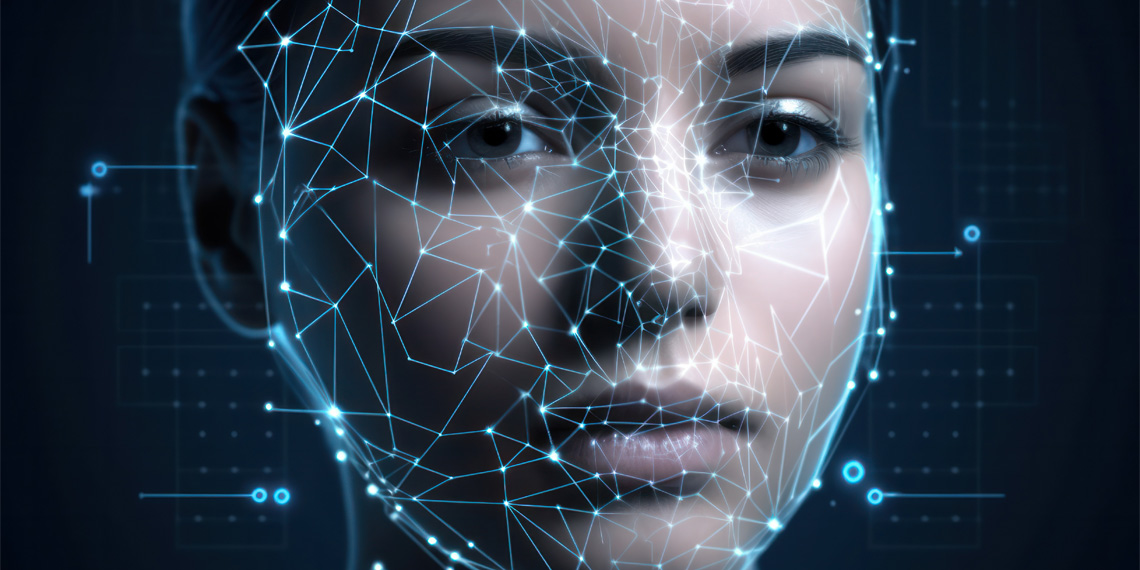Researchers from the Tokyo University of Science recently published a study in the journal Artificial Life and Robotics where they explored how machine learning can help detect deception.
Machine learning is a subset of artificial intelligence (AI) that involves the use of algorithms and statistical models to enable computers to learn and improve from experience without being explicitly programmed. In other words, it is a method of teaching computers to perform specific tasks by learning from data, patterns, and examples, rather than relying on pre-defined rules.
Detecting deception can be important in various situations, like questioning crime victims or suspects and interviewing patients with mental health issues. Sometimes, human interviewers might struggle to ask the right questions or spot deception accurately.
To address these challenges, the researchers sought to develop an automated deception detection system using machine learning. The goal was to create a fair and accurate system that would assist interviewees in telling the truth while correctly identifying genuine suspects without wrongly accusing innocent people. The team, consisting of Kento Tsuchiya, Ryo Hatand, and Hiroyuki Nishiyama, focused on using facial expressions and pulse rates to identify deception.
In their study, they collected data from four male graduate students. Instead of using artificial interview scenarios, they took a more natural approach. The subjects were shown random images and asked to freely talk about them while making deceptive statements.
During these interviews, the researchers used a web camera to record the subjects’ facial expressions and a smartwatch to measure their pulse rates. The subjects were instructed to deceive the interviewer as they spoke. After each session, the subjects themselves identified which parts of the recorded video contained deceptive statements.
The researchers employed a machine learning technique called Random Forest (RF) to build the deception detection model. They used all the collected data, including facial expressions and pulse rates, to create a dataset for training the machine learning model.
To assess the model’s performance, they used a 10-fold cross-validation technique. This involved dividing the dataset into ten parts, using nine parts for training, and one part for testing. This process was repeated ten times, and the average performance metrics were calculated, including accuracy, precision, recall, and F1 score (a performance metric that balances precision and recall).
The study’s results showed promising performance for the deception detection model. The accuracy and F1 score for each subject ranged from 75% to 80%, with the highest accuracy being around 87%. Some common cues the machine used to detect deception included changes in pulse rate, gaze movements, and specific facial areas around the eyes and mouth.
The researchers believe that their machine learning approach could be a valuable tool for detecting deception in human interactions. However, they noted that “to obtain statistically rigorous results using our approach, we essentially need several thousands of recorded videos and richer sensor data with the help of a huge number of subjects, who might have different cultural backgrounds and neurodivergent statuses, but it was difficult for us. Hence, we restricted our attention to providing some case-study style analysis with the help of few subjects based on the range of our proposed method in the present literature.”
Due to the difficulty in obtaining a vast and diverse dataset, the researchers had to work with limited resources. This restriction might impact the overall strength of their findings and limit the scope of their analysis.
In other words, they needed detailed data from a very large number of people to develop an accurate deception detection system. Due to the difficulty in obtaining a vast and diverse dataset, they focused on doing a smaller study with only a few participants. This limited their analysis but still provided some useful insights that could lay the groundwork for future studies.
The study, “Detecting deception using machine learning with facial expressions and pulse rate“, was authored by Kento Tsuchiya,Ryo Hatano, and Hiroyuki Nishiyama.











